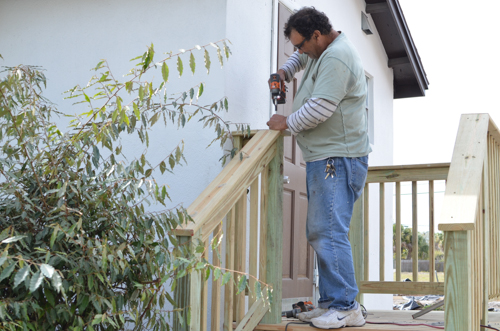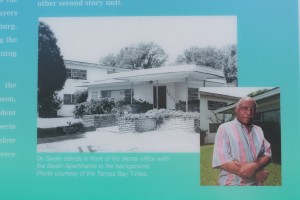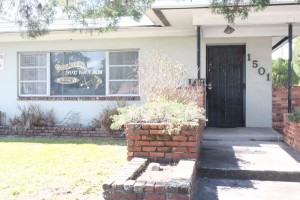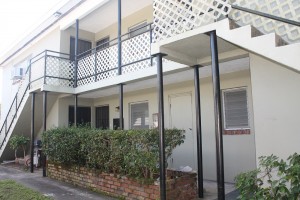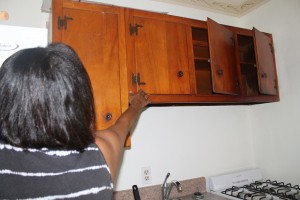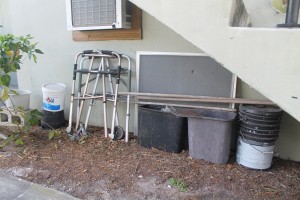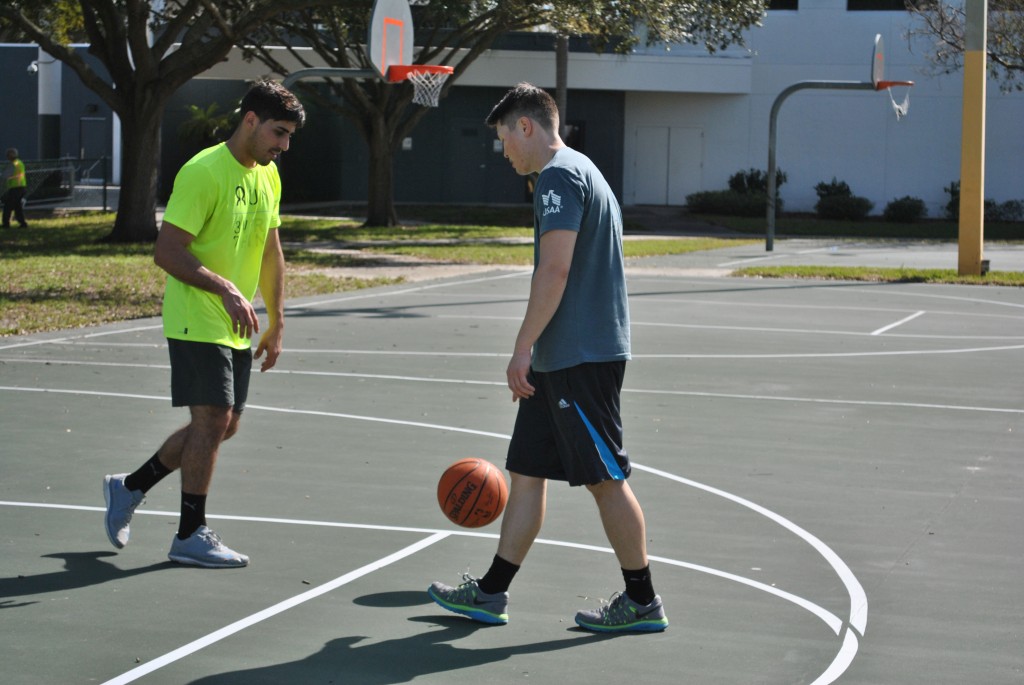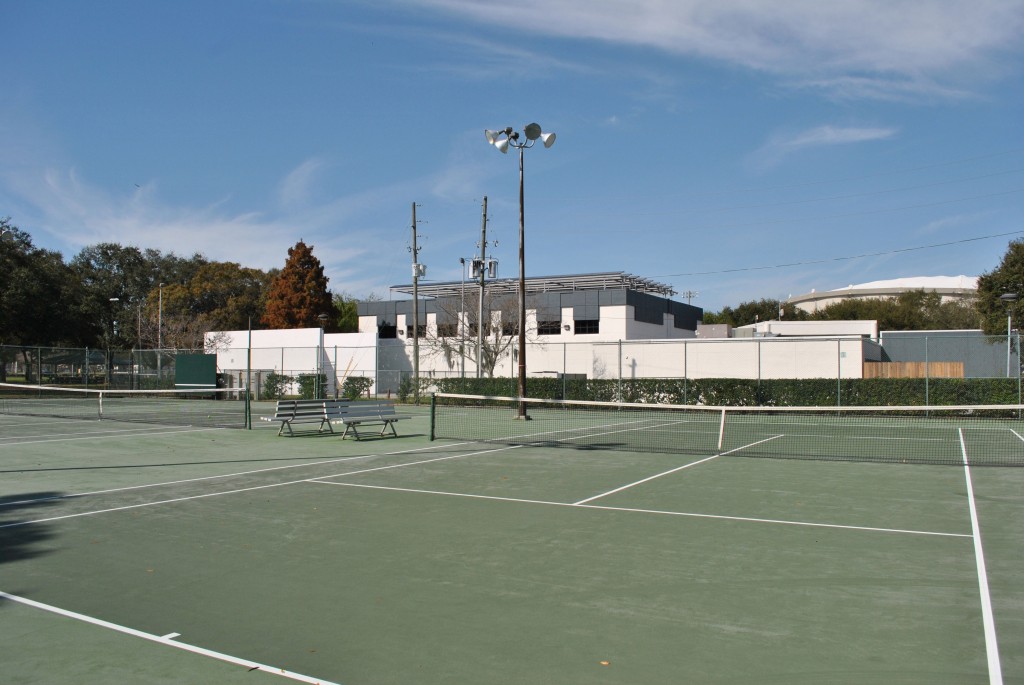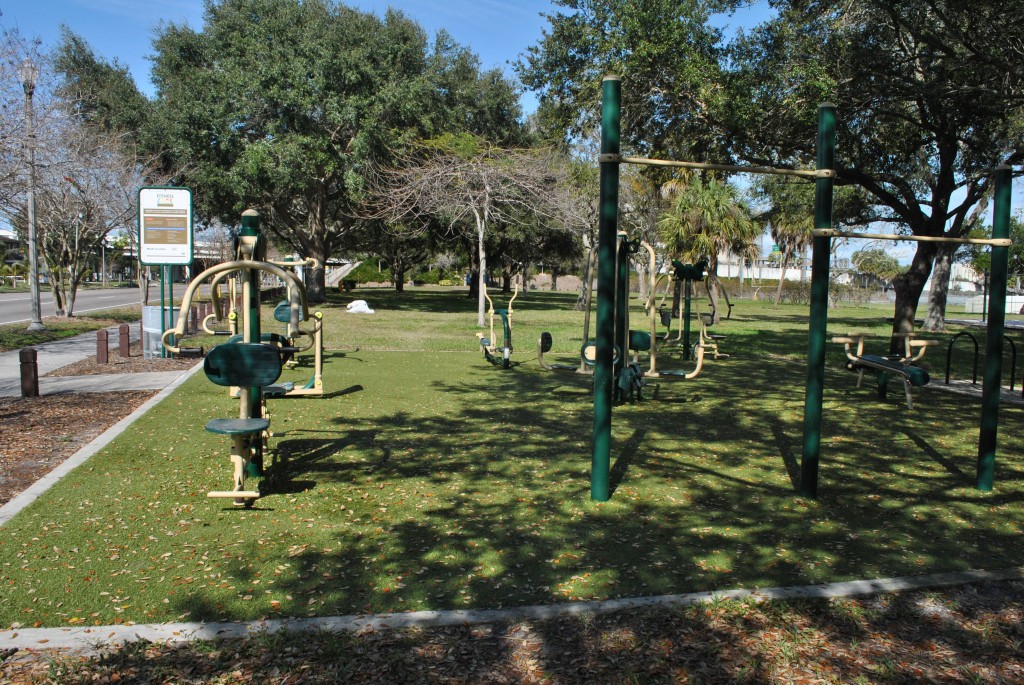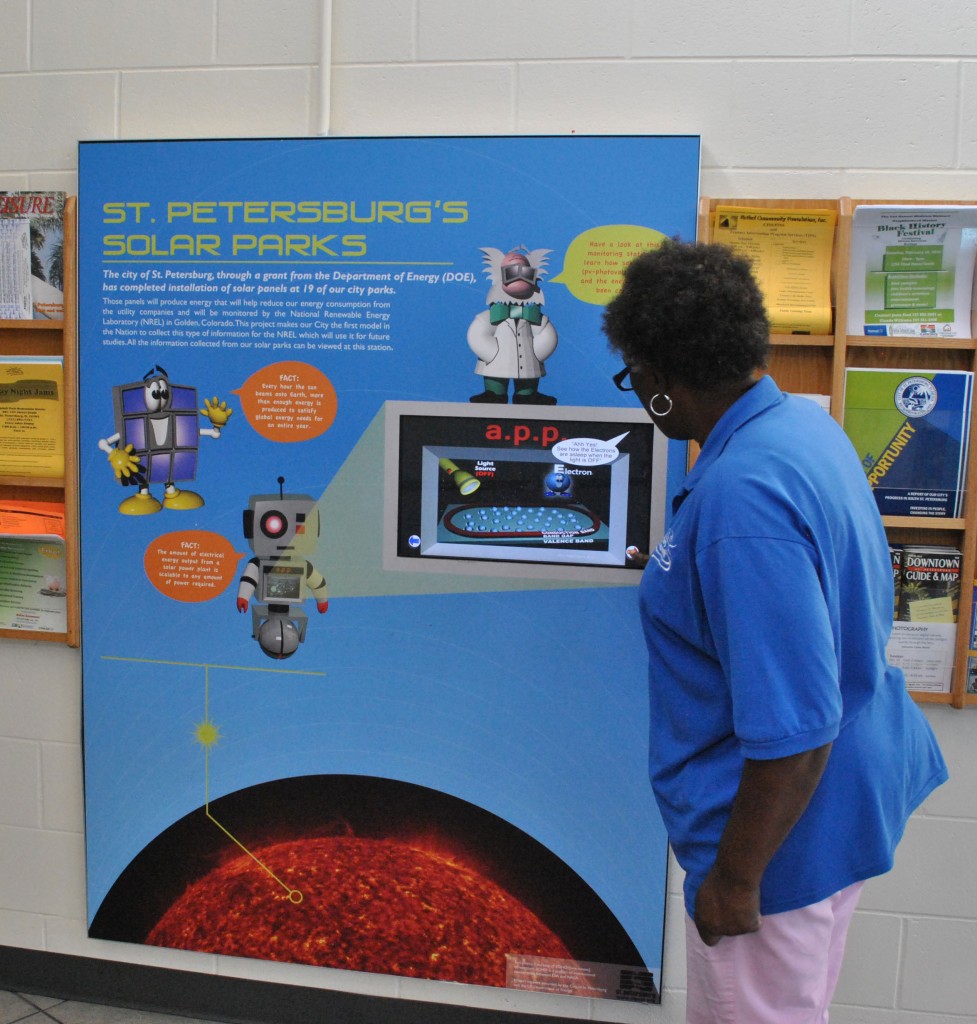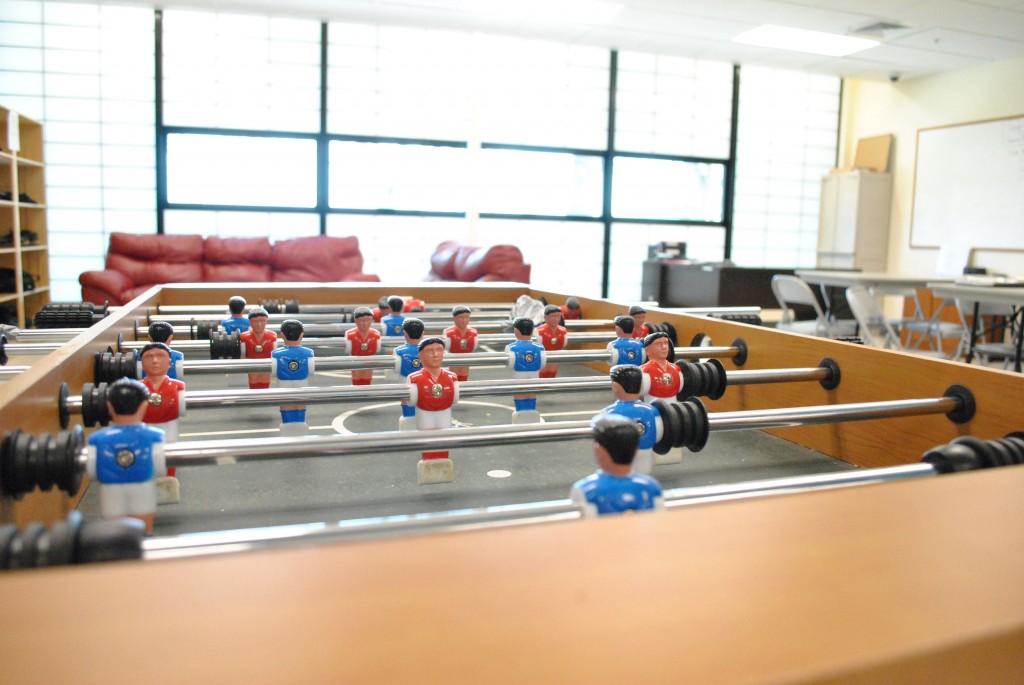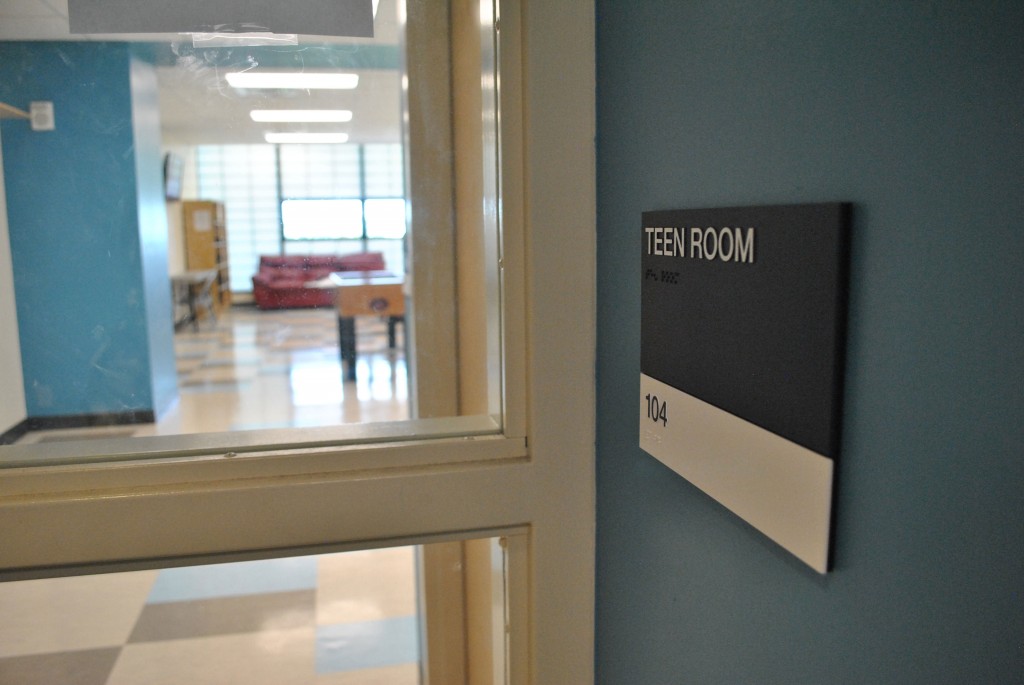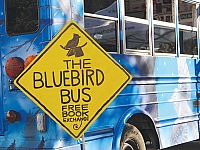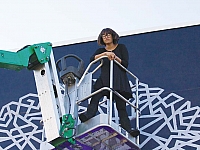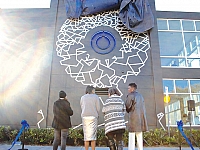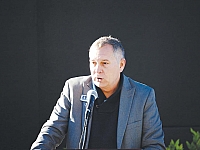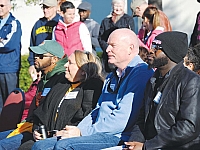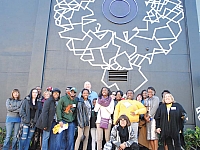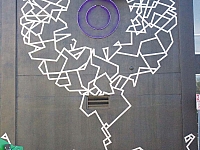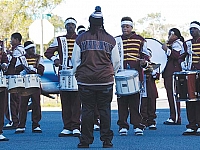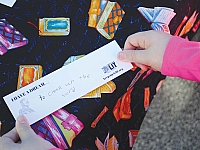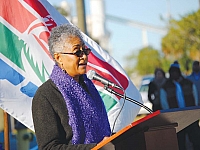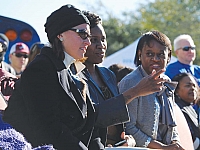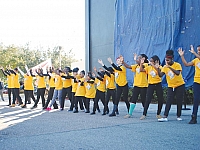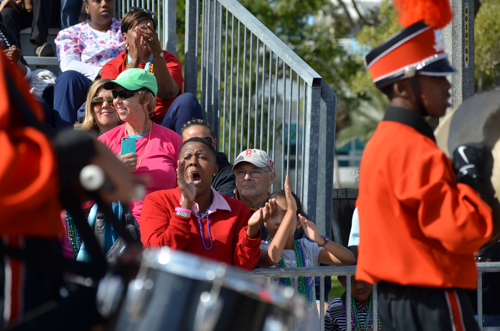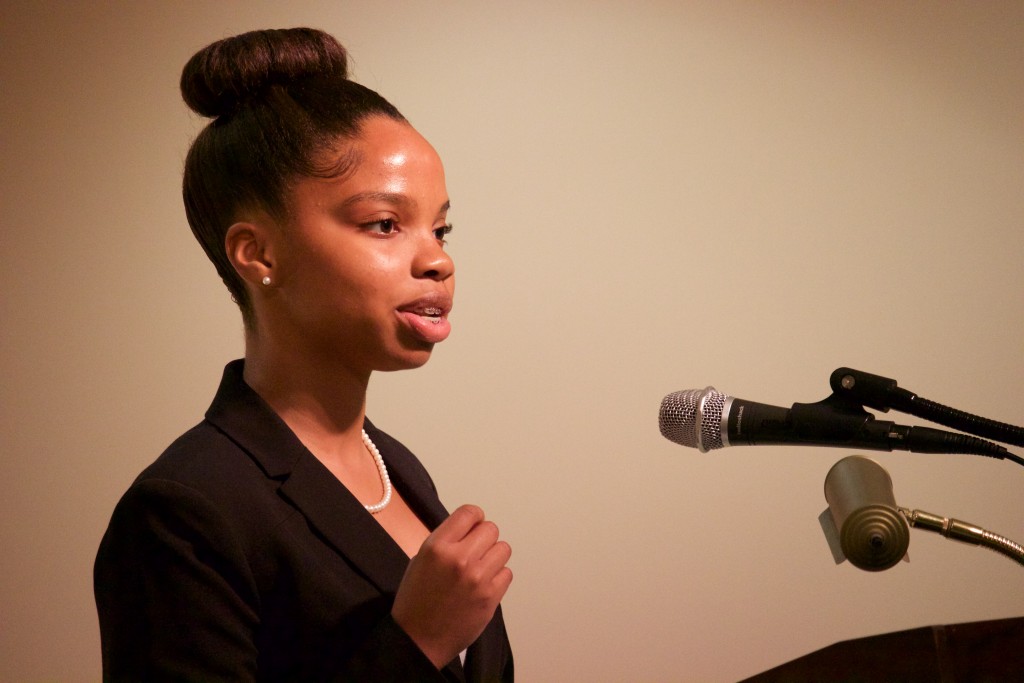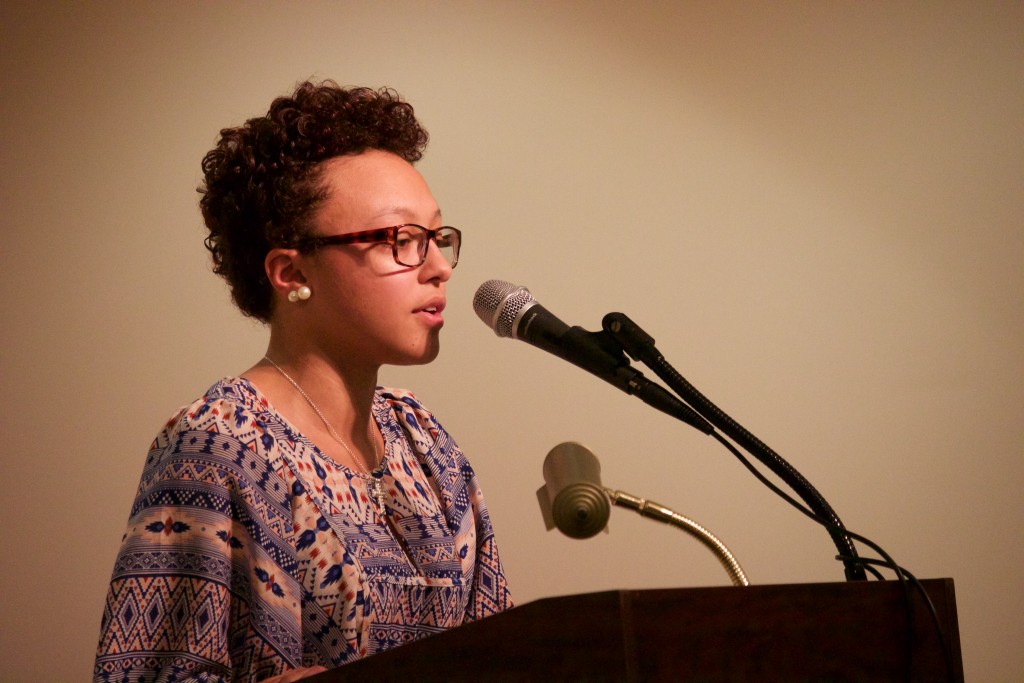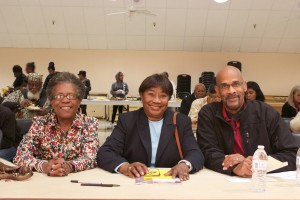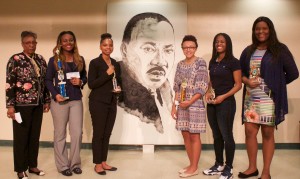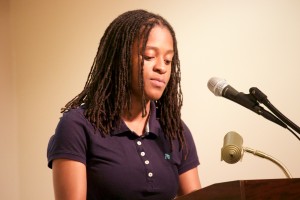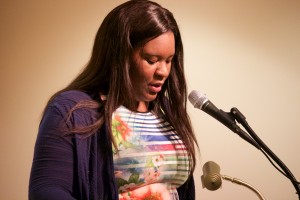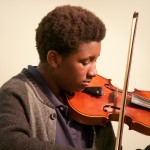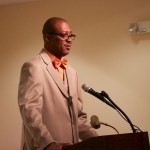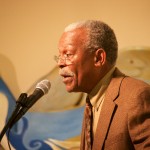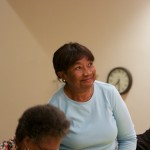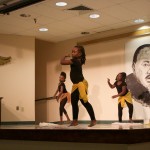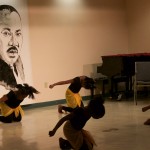BY MARLA KORENICH AND IVELLIAM CEBALLO
NNB Reporters
Pausing for a sandwich, the carpenter stowed himself away from the cold in his white truck behind the historical building. He muttered about failing to notice the stolen AC unit while working inside the meetinghouse last week.
“Thieves, man,” he said.
The carpenter from All Trades Historical LLC asked to be identified as “Mike the workman.” His job to renovate the Faynne A. Ponder Council House on 9th Avenue South included installing new cabinets and doors.
“I figured they wouldn’t steal out of respect for the old lady,” he said in a compassionate tone.
The “old lady” is Ponder, who started the council house in 1940, establishing the local affiliate of the National Council of Negro Women (NCNW). The purpose of the group was to effect the integration of African Americans into the political, educational, economic, social, and cultural life of St. Petersburg, according to stpete.org.
Not all sections of the organization have their own council house.
“It’s rare that you will find an organization that has their own house, a single place where the organization can meet and call its own. Seeing an NCNW house here, it is amazing to me that this has come to fruition,” said Sandra Gibson, St. Petersburg section member.
Gibson was the president of the organization’s section in Rochester, New York, and has been involved with the St. Petersburg section for four months.
The group gets by with help from its members.
Angela Rouson is the president of the section located in midtown St. Petersburg.
Even though the house where they meet is being renovated, the women are still actively engaging the community. Their youth leadership development program is ongoing with an upcoming Health and Wellness Expo, according to Rouson.
And there are more plans for the future.
“We intend to do a summer reading program again when schools are out, and we have been asked to mentor girls at Johns Hopkins Middle School,” Rouson said. “We’re working with the Museum of Fine Arts to bring a Smithsonian exhibit to St. Petersburg, and we’re planning our Founder’s Day Luncheon as well.”
“We plan to apply for another grant to be able to educate the community about our history and contributions and to turn our parlor into a museum,” Rouson said.
A ribbon-cutting ceremony is planned when the renovations to the house are finished.
“If we support our community then our community can be strong for the family it supports,” Gibson said.
